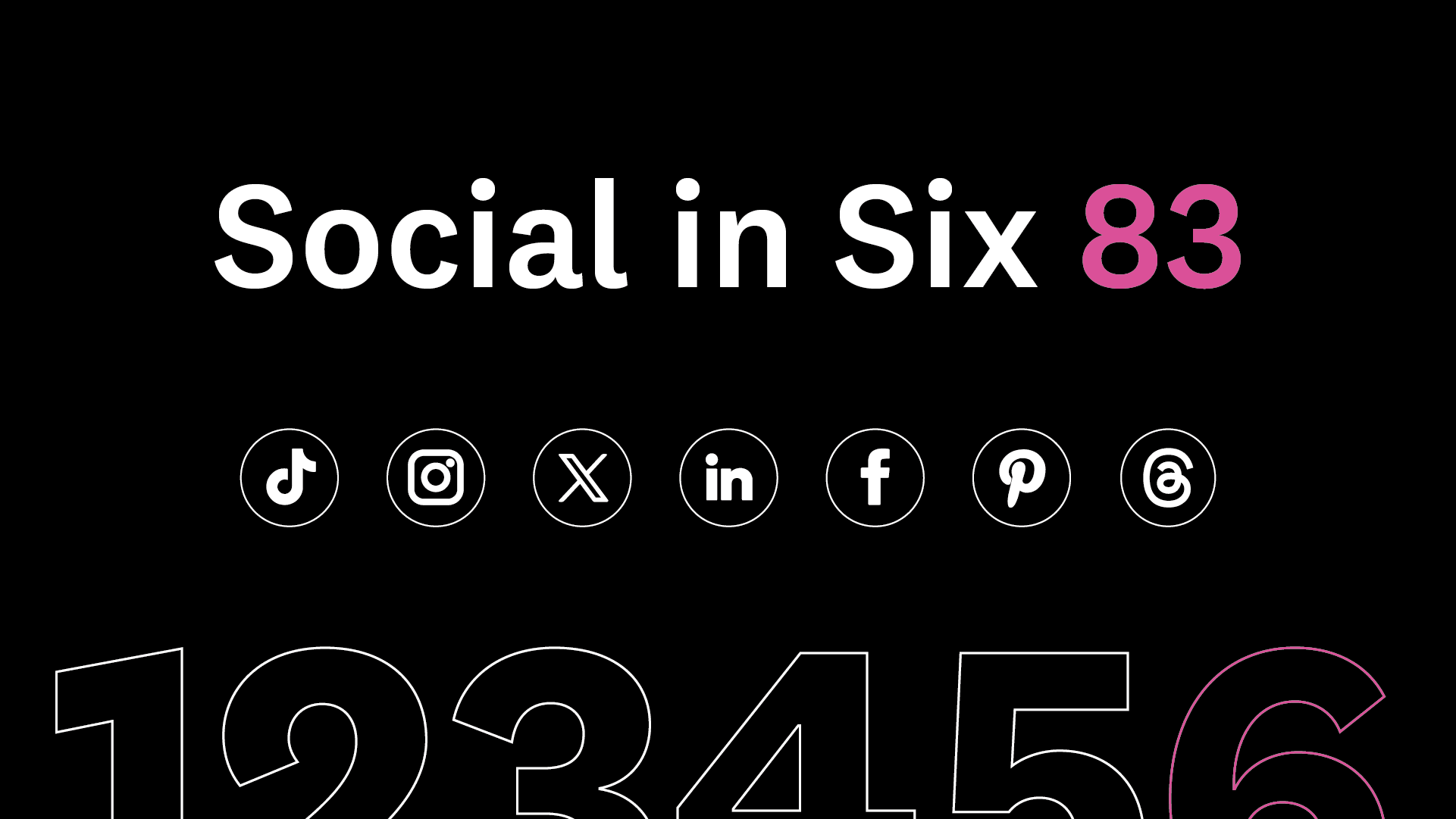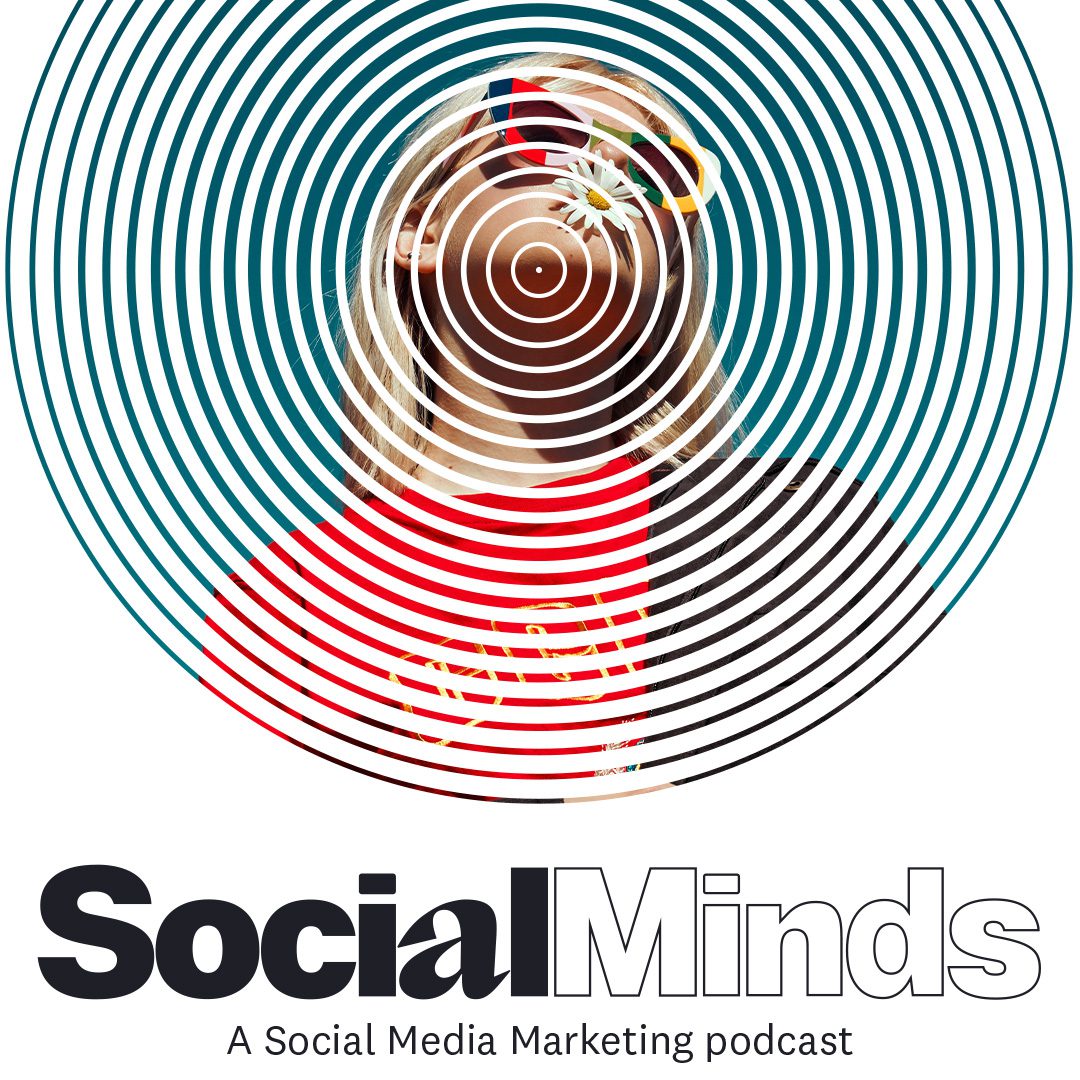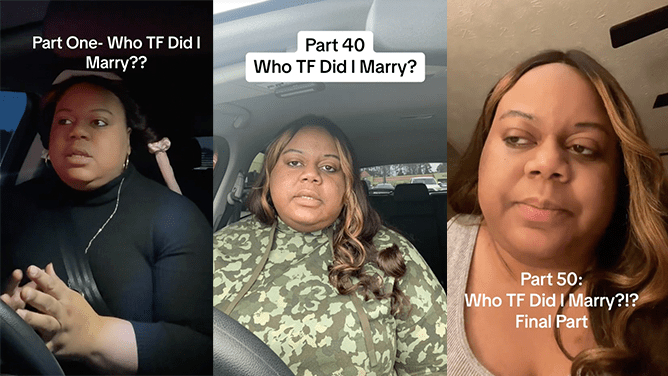Social in Six 83
1. Collaborative posts are reportedly coming to TikTok

The story:
- TikTok is developing a new Collaboration feature that lets users tag up to five collaborators on a post, like Instagram’s Collab posts.
- Users have complete control over the collaborative posts they’re tagged in, which will appear across both or all profiles (but only the post creator can edit). You can only create collaborative posts four times a month.
- The feature hasn’t been released yet, but according to app researcher Radu Oncescu, it seems to be in late-stage testing.
So what?
Instagram’s Collab feature is a great tool for your brand partnerships, and soon you’ll get to do the same on TikTok. Not only does it diversify your content, it allows you to get in on the increased visibility and engagement from up to five extra audiences. However, use them wisely, because you’ll be limited to four times per month at first. Don’t expect that limit to last long though…
2. Instagram’s algorithm has new consequences for creators
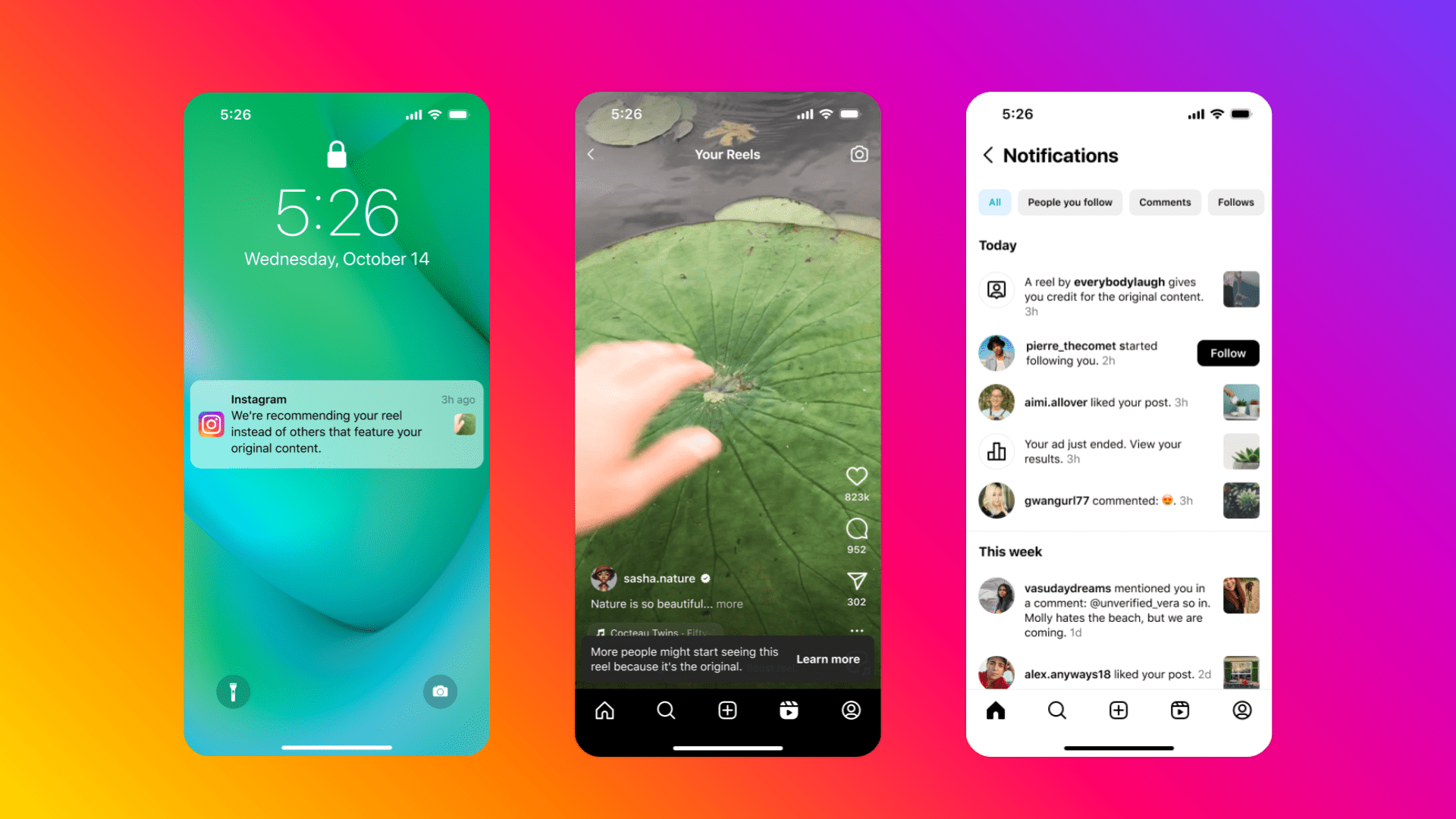
The story:
- Instagram has announced a major algorithm update that prioritises new and emerging creators, largely through a crackdown on aggregator accounts and by switching up the way it distributes content, and giving smaller creators more reach in recommendations.
- In the coming months, if accounts continue to publish unoriginal content over 10 times in a 30-day period, Instagram won’t recommend posts from them.
- Instagram is also working on labels that credit the original creator of reposted content and will drive more traffic towards the original post if this is trending, replacing the reposted content in recommendations.
- To clarify: “reposted content” doesn’t include material edits to make the post into a meme; parody compilations, new voiceover narrations or Remixed posts.
So what?
Until now, the algorithm has favoured Instagram’s largest creators and aggregator accounts when it comes to recommending their content. These changes are the platform’s attempt to level the playing field. The implications for brands are twofold: one, to start seeking out and partnering with smaller creators who will enjoy more reach than they did previously. And two: reposting your original older content is fine, but don’t copy and paste content from others’ accounts.
3. TikTok’s ad improvements let you reach entertainment fans in more places

The story:
- TikTok Pulse ads, which let brands place their ads adjacent to popular TikTok content, have three new placement options: first, Custom Lineups, which uses AI to curate and recommend trending, brand-suitable content tailored to specific marketing needs for more precise and relevant content adjacency.
- Next up, Pulse Premiere Tentpole Moments, which lets advertisers tap into tentpole events and cultural moments like the Paris Olympics Games from NBCU and The Met Gala from Vogue.
- Finally, TikTok is expanding Premiere lineups to include IP Lineups, which allow advertisers to buy against specific networks/IP from NBCU (including Saturday Night Live, America’s Got Talent, TODAY Show and Bravo) and Paramount Global (including MTV, CBS Sports, The Daily Show and Entertainment Tonight).
So what?
Brand safety is important, so it’s reassuring to know that TikTok has expanded the partners it’s working with to ensure your ads are sandwiched between appropriate, relevant content in the feed. Sports, fashion and entertainment brands should look to Pulse Premiere Tentpole Moments and IP Lineups, as this will enable them to appear next to content that resonates with their target audience – a surefire way to relevant, effective ads.
4. Instagram wants you to post shorter Reels
The story:
- At a creator event in New York, Adam Mosseri shared that posting Reels over 90 seconds can hurt distribution, along with watermarked videos, low-resolution videos, and “posting content you didn’t make”.
- As for what you should do, Adam suggests posting content at the same time as other platforms, publishing when your audience is online, and uploading in the highest resolution.
- The current maximum posting length for Reels created within the app is 90 seconds, but you can upload longer clips. Instagram is currently testing some updates that allow for both three-minute and 10 minute Reels uploads, depending on the test group.
So what?
Looks like Instagram’s long-form video experiments aren’t going that well. When it comes to your Reels, shorter is better – under 90 seconds is the sweet spot. Instagram of course wants you to create Reels natively, so if you use third-party video editing apps, try testing some videos filmed in-app to see if it has a better impact on performance.
5. Threads could soon get an influx of influencers
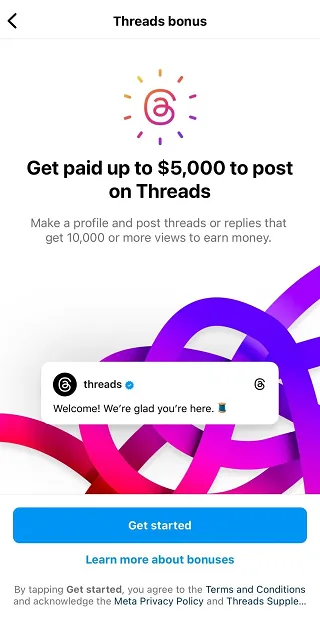
The story:
- Meta has reportedly launched an invite-only bonus programme for its creators, in which they could be paid up to $5,000 if they post threads or replies with over 10k views.
- The programme is only applicable to those who haven’t set up a Threads account yet, but are active on Meta’s other platforms.
- Threads has been gaining traction with users of late. Data from Apptopia suggests Threads is outdoing X for daily active users in the US by 21%.
So what?
Meta says brands should be exploring Threads, and this update means we can expect some high-quality creator content to make the space rich for collaboration. Judging by the numbers, we’re spending more and more time there…and if your audience is there, you should be too. It’s a platform that seems to be growing, so getting comfortable in the space now will give you the competitive edge when Threads inevitably flourishes.
6. Platforms are rolling out new restrictions for your AI generated content
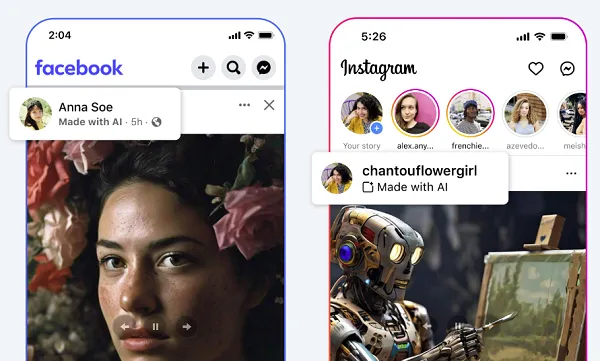
The story:
- Meta’s reportedly rolling out a new feature that will require users to attach a specific tag when they upload realistic AI-generated content. This is in addition to existing tools that automatically tag content Meta’s systems have detected as AI.
- It’s still possible to publish without the tag – but you’ll face repercussions if Meta detects that your content hasn’t been labelled appropriately.
- Not long after this news, TikTok released an update announcing a partnership with the Coalition for Content Provenance and Authenticity (C2PA) that will improve the way the platform auto-detects AI content. It’s already implemented AI labels, which work in the same way as Meta’s self-disclosure tag.
So what?
Tag your AI content appropriately or face the consequences – it’s as simple as that. We can assume the penalties for not tagging your content include limiting reach and removing the content altogether. The self-disclosure approach isn’t completely foolproof – but platforms tightening their AI detection systems should help curb engagement bait-y AI images and videos that have been cropping up from scam accounts of late.

